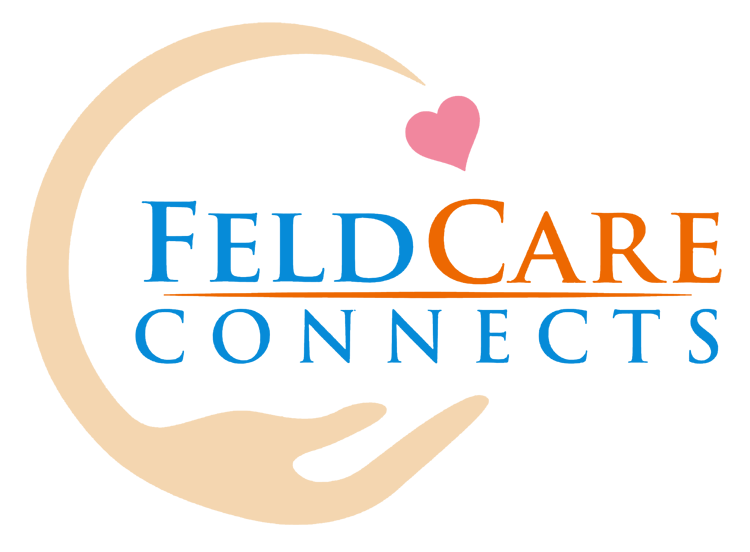AAC (Augmentative and Alternative Communication) is celebrated worldwide by speech-language pathologists and patients alike during the month of October. Communication has always been augmented by actions (writing, gestures, or drawing) that go beyond speaking words to one another. Various forms of augmentative and alternative communication have been used by speech therapists and those with speech difficulties to help overcome barriers in communication.
In this article, we will share more about AAC, discuss who can be helped by AAC, and how individuals can use AAC in a rehabilitation setting to support speech therapy.
What is AAC?
Augmentative and Alternative Communication can be defined broadly as anything that is not speech but that helps an individual communicate. You likely have seen AAC devices, and both high-tech and low-tech options are available.
Examples of low-tech AAC include:
- Gestures,
- Facial expressions,
- Pointing at letters to spell words,
- Writing,
- Drawing,
- Pointing at writing/drawings
Examples of high-tech AAC include:
- Speech-generating apps/devices,
- Portable communication apps on a tablet,
- Eye-tracking devices that convert motions to speech/text
Any form of AAC can help individuals express themselves even when they struggle with speech or cannot speak.
Who Can Be Helped By AAC?
AAC can help many individuals with speech difficulties or disabilities. Here are a few examples of disabilities that may benefit from the use of AAC:
- ALS
- Aphasia
- Autism
- Cerebral palsy
- Dementia
- Down’s syndrome
- Dysarthria
- Hearing impairment
- Paralysis
- Parkinson’s disease
- Speech delays
- Stroke
- Traumatic brain injury
Patients with these and other disabilities, degenerative disorders, and injuries can all benefit from AAC, depending on their communication ability.
How Does AAC Support Speech Therapy?
A speech-language pathologist is a patient’s best guide on whether they should use AAC. Additionally, an SLP can recommend the best AAC resources that fit the patient’s ability, budget, and insurance coverage. Some patients may require a high-tech device due to a degenerative or paralyzing condition. Others may get along well with simple, low-tech devices as they recover or gain speech through therapy.
AAC devices and methods differ for a reason – one method may not work for a particular patient, or another may work better to support patient care.
An SLP can and will share options with patients whose rehabilitation journey can be supported through AAC.
You can learn more about AAC options by consulting with a speech-language pathologist or continuing your online research. The American Speech-Language-Hearing Association (ASHA) and AAC Institute are fantastic resources for your continued research.
Finally, if you are an SLP who is considering going into home health, be sure to connect with FeldCare Connects. You can learn more about our network here.


